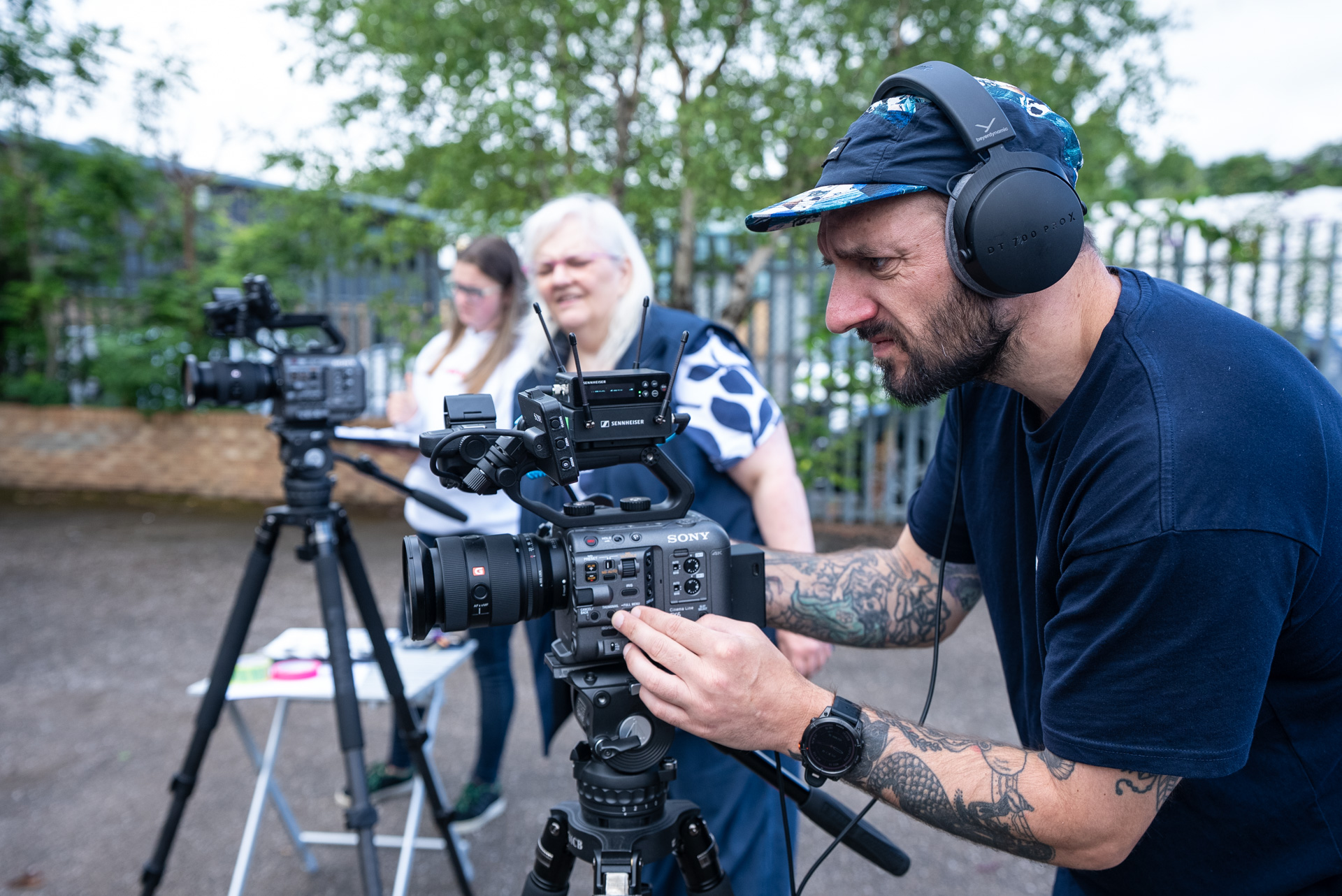John Medina is a neuroscientist, developmental molecular biologist, and author of the New York Times bestselling Brain Rules series and several other books. He was interviewed by Toby Trimble about his work, the future of teaching, and how we can engage our audiences for better learning.
Hello John — it’s great to meet you. Can you tell us about your career?
I’m a developmental molecular biologist and an Affiliate Professor of Bioengineering at the University of Washington School of Medicine.
I’m also a private consultant, mostly to the pharmaceutical and biotech industries, but also the tech industries too. My research interests are in the genetics of psychiatric disorders, but I’ve added a public face to my career in the last decade or so. What my work in the Brain Rules universe really boils down to is two questions: How do human beings learn things? And what is the biological or cognitive neuroscientific basis of many of these types of learnings and acquisitions?
I was fascinated by your book Brain Rules — how did the book come about?
I was flying from Atlanta to Seattle following a consultancy and I popped open a magazine. I began reading an article on how modern neuroscience can predict how you’re going to vote on the Republican or Democratic ticket. It was one of the stupidest things I’ve ever read! So much of my career has been spent demythologizing these kinds of statements. The world of cognitive neuroscience research and the world of education don’t always mix well or get together often — which results in many of these mythologies about the brain and how it processes information.
The experience on that flight inspired me to write Brain Rules to explore and explain the 12 things you can responsibly say about how we as human beings acquire information — and how it affects how we learn, teach, and work.
How do we, as educators, respond to the change in attention spans?
Attention spans haven’t changed in the traditional sense — it’s more that they have adapted over time.
When you look at how attentional states work, it’s amazing what bubbles up into our consciousness, because there’s a lot of competition for attention inside your brain that you’re mostly not aware of. It’s only when there’s a salient set of features or requirements present that decides what the brain will pay attention to above anything else. These requirements are almost related to sex and survival — and that hasn’t changed at all. The brain just has habituated to processing increasingly smaller chunks of information before it gets bored.
I have a feeling that in 15 years almost no one will be reading War and Peace, but everyone will have read a book with short and defined chapters that include visual elements alongside the text. How do we adapt to these shorter attention spans? The first thing we’ll have to do is change the way we deliver information. The Ebbinghaus Forgetting Curve shows how quickly we forget almost 90% of the information we’ve learned, which begins within an hour. For that reason, I’ve never thought that a ‘sage on the stage’ was very effective.
Physicist Eric Mazur is based at Harvard University and he addressed this issue through a problem he faced with his students. He could lecture on physics, black holes, and all these fascinating topics but he realized his students, as a passive audience, weren’t learning anything beyond remembering the hooks. He decided that instead of a traditional lecture, he would create a learning environment where he would give a problem to students, and they would work together to try and solve it. In instances where groups were all stumbling over the same concept, he would give a micro-lecture on the material — maybe three minutes in total.
As humans, we are extraordinarily hypothesis-driven and learn through problem-solving. We want to solve a challenge on our own if we possibly can; it was what we were designed through evolution to do. Eric created a way to show that and because he’s a scientist, he quantified it. He was able to show that a ‘guide on the side’ gave about 3x better retention of information (and the ability to improvise off that information) than the ‘sage on the stage’ approach.
And when it comes to teaching, that’s the route we have to take. We can no longer lean on our PowerPoints and slides and hope that our students absorb information passively. Instead, we’re going to have to engage with students and go where they are — following Eric’s model, and others like it.
What do you see as the future of teaching and how we can engage students?
The brain processes meaning before it processes detail — and it hates complex information. It’s all about presenting the ‘big picture’ first to create that engagement. Think about someone like David Attenborough or Carl Sagan; they weren’t sharing an immense amount of science, at least in terms of traditional education or passing an exam. The students that will do the best are the ones who are learning on their own because they’re genuinely interested in the material.
I think that the professor of the future, the teacher of the future, will inspire students to find out more information for themselves. They're so buzzed by what you’ve told them and engaged that they dig in and find out more and learn it on their own.




